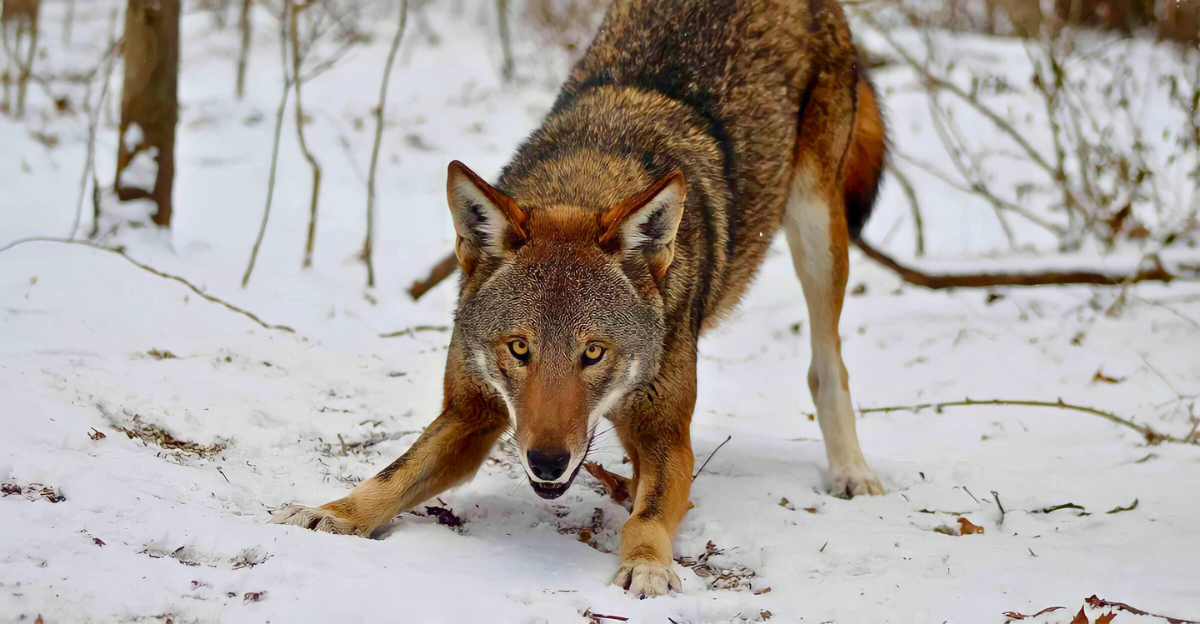
Wolves are among the world’s most innovative and most important predators. Known for living in families and hunting together, they significantly affect nature.
But not all wolves are safe: many kinds are now scarce because their habitats are shrinking, they are hunted, or disease threatens them.
Wolf Diversity Explained

Wolves are part of the dog family and come in many types—over 250 species and subspecies. The best-known, the gray wolf, lives across North America and Eurasia, but wolves are found only in certain places, like the hills of Ethiopia.
Wild wolves usually live five to eight years, but some can reach 13 to 16 years, especially when cared for in zoos or sanctuaries.
These animals are found in various environments because they’ve adapted to eat different foods and live in many habitats.
Why Rare Wolves Are in Trouble
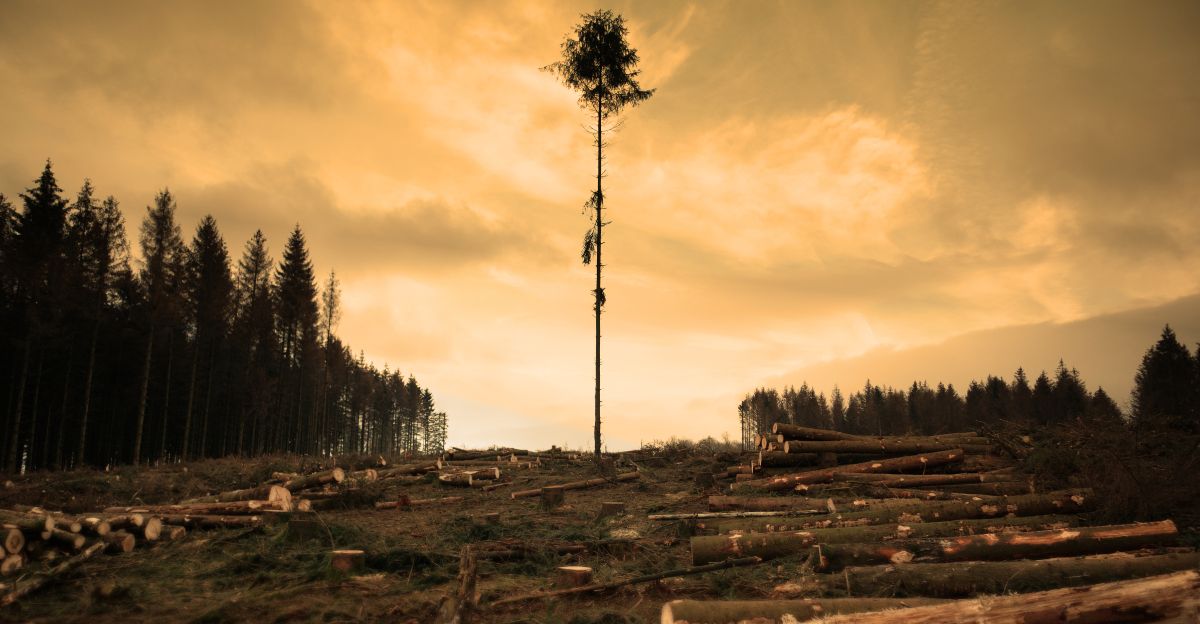
Rare wolves mostly suffer because of human actions. Their forests and grasslands are being turned into roads and farms. Some people hunt wolves because they fear them or want to protect farm animals.
Diseases like rabies or canine distemper can kill entire packs, and when only a few wolves are left, inbreeding can hurt their health.
As wild land becomes scarcer and packs get smaller, wolves also mix with dogs, which can lead to genetic problems and more conflict.
Saving the Last Wolves
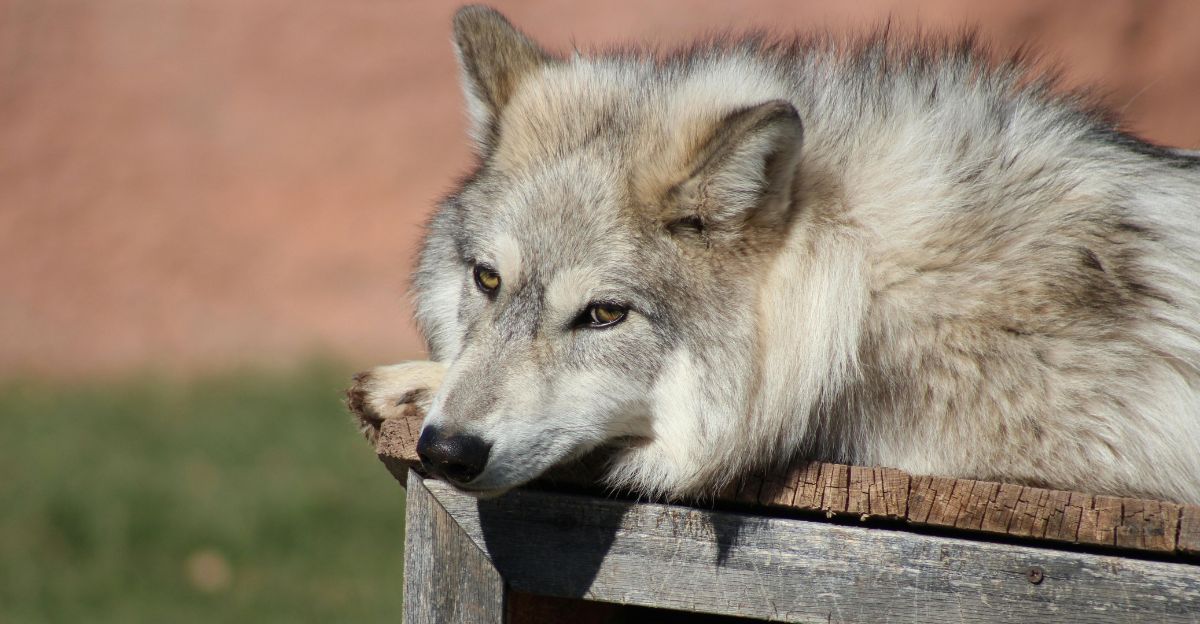
Conservationists try to keep wild populations together and healthy to save rare wolves. They sometimes breed wolves in captivity and move young pups into wild dens to help mix up genes.
The plan is to create safe spaces for wolves, restore prey animals, and teach people how to protect their farm animals without killing wolves.
In some cases, vaccines and careful monitoring are needed to stop deadly diseases.
Why Wolves Matter in Nature
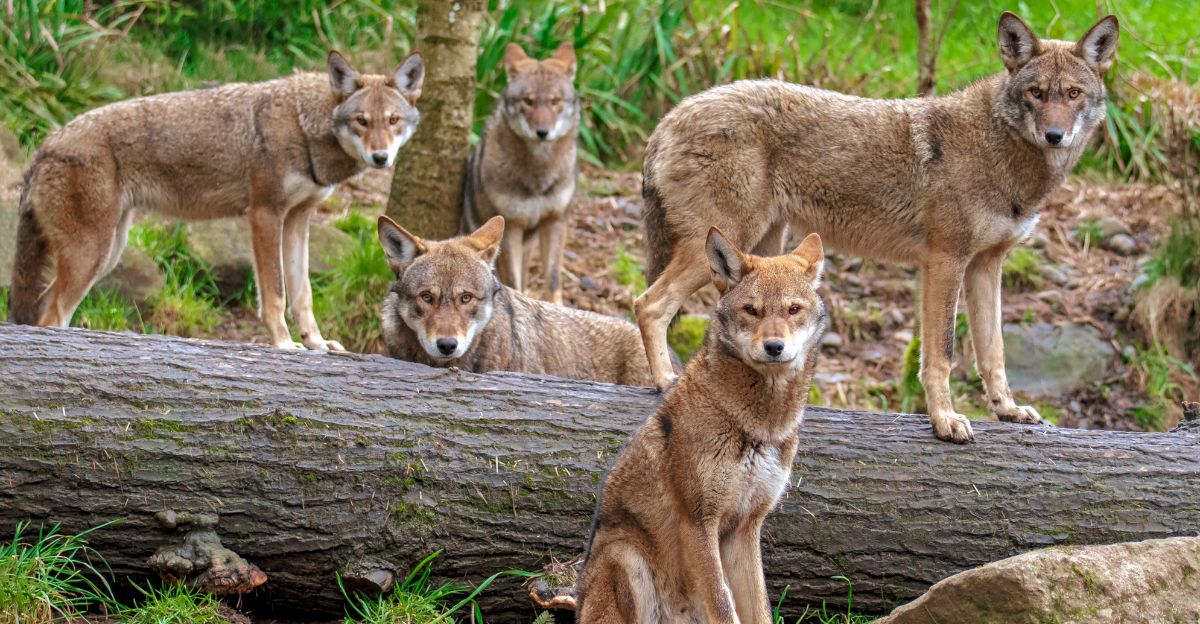
Wolves play a massive role by keeping deer and other animals under control.
This means forests and grasslands aren’t overgrazed, which benefits plants, insects, and even smaller predators.
When wolves were brought back to Yellowstone, the environment became healthier, proving that they are a “keystone” species that other animals depend on.
How to Spot a Rare Wolf

Most rare wolves have fewer than 2,500 animals in the wild, with some groups down to under 100.
These wolves live in only one or two areas, making them highly vulnerable to sudden environmental changes.
Saving them means careful efforts by scientists, local people, and sometimes even governments.
1. Red Wolf (Canis rufus)
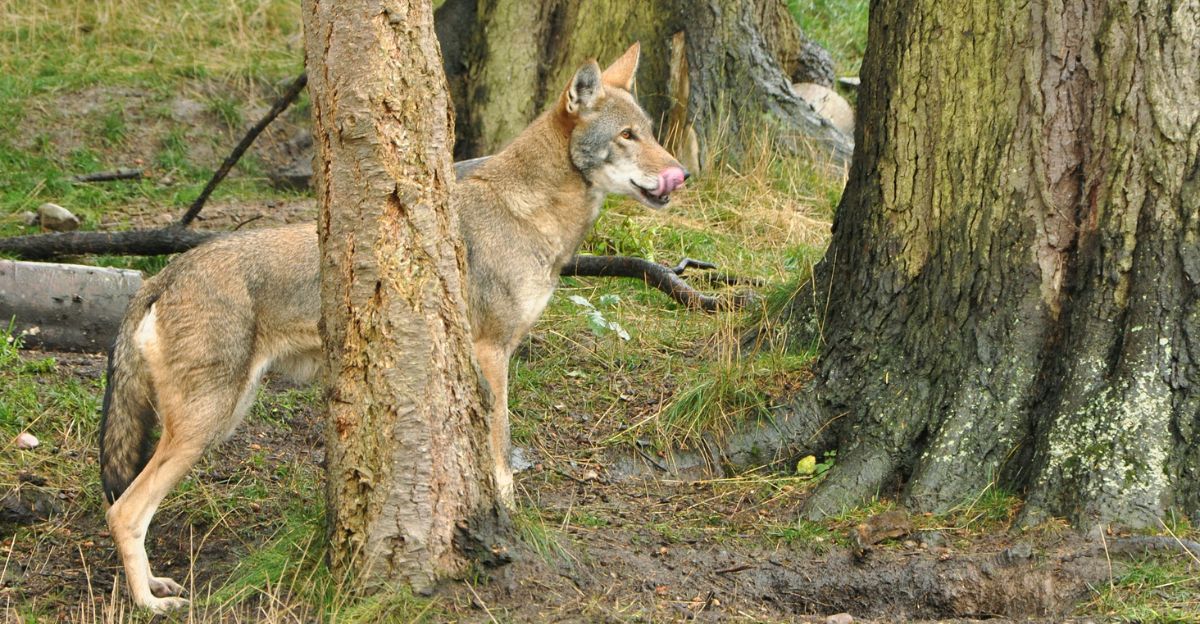
The red wolf is found only in one part of North Carolina in the U.S., with fewer than 20 left in the wild. They often mix with coyotes, which threatens their survival.
Zoos and refuges have over 250 red wolves, and there are strict rules against hunting where they live.
These wolves eat mostly deer and small mammals; pairs raise 4–6 pups yearly. Their future relies on breeding, strong laws, and keeping their habitats safe.
2. Mexican Gray Wolf (Canis lupus baileyi)
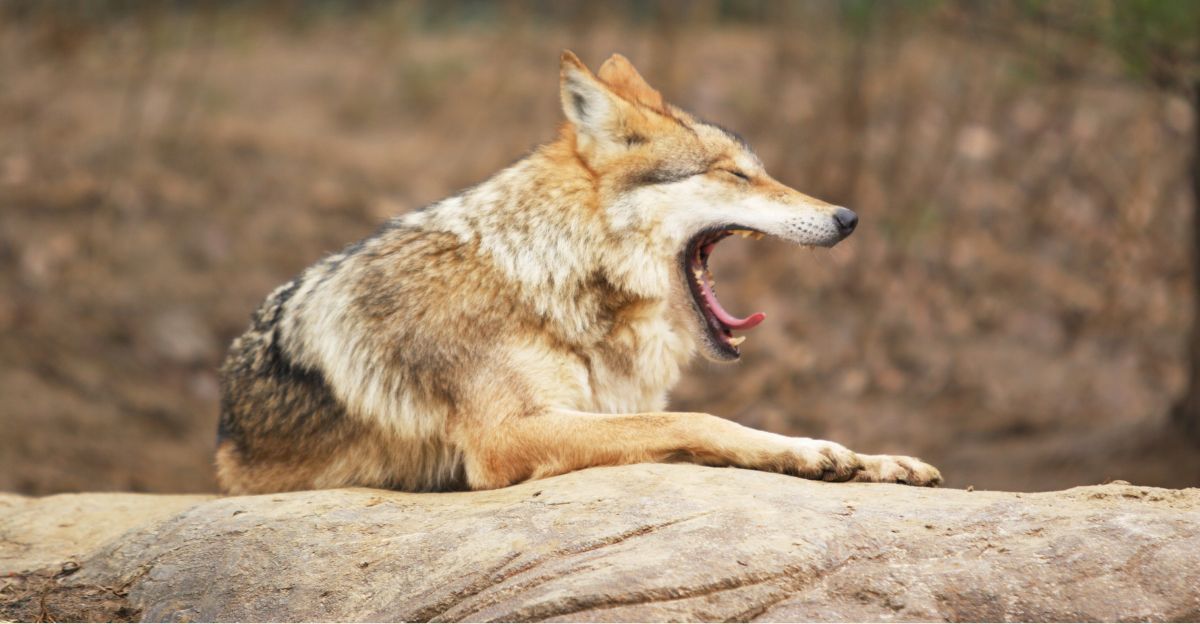
Called “El Lobo,” this rare subspecies lives in southern U.S. deserts and northern Mexico. Their numbers dropped dangerously low due to hunting, but now about 350 live in the wild, and around 60 are in captivity.
These wolves hunt elk, deer, and smaller animals, and their pups are sometimes moved between packs to keep the population healthy.
Saving this wolf depends on careful management and helping them return to its former habitats.
3. Ethiopian Wolf (Canis simensis)
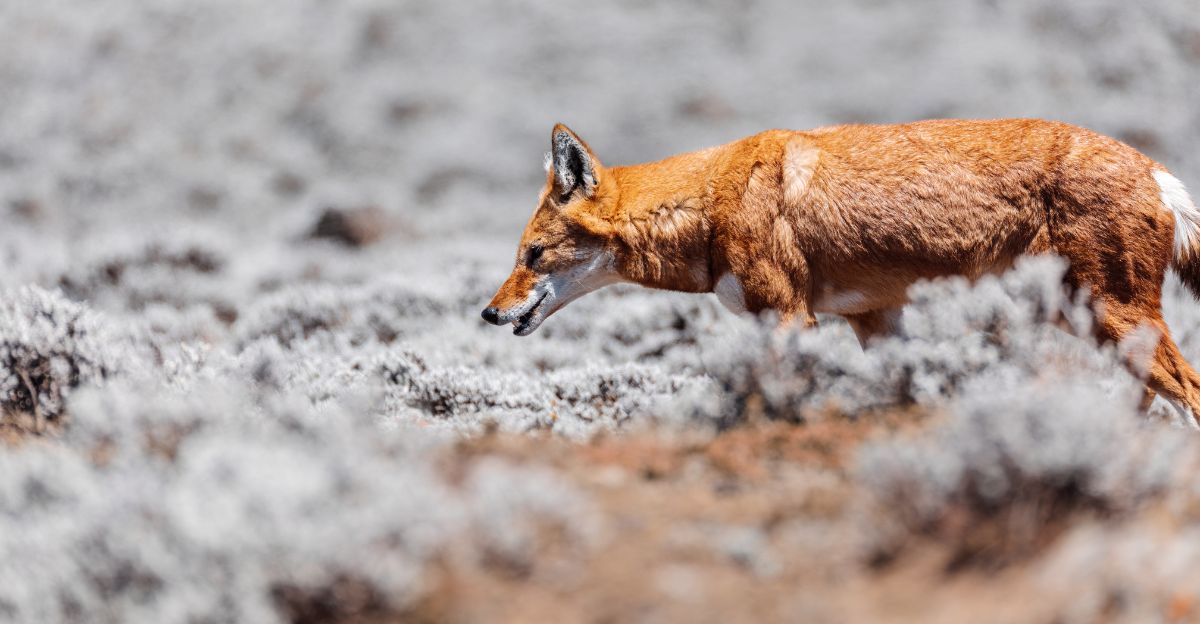
Africa’s rarest wolf, with less than 500 left, lives high in Ethiopia’s mountains.
It looks different from other wolves and mainly eats local rats. Rabies from domestic dogs and habitat loss are their main threats.
Vaccinating wild packs and creating protected areas are crucial to their survival.
4. Himalayan Wolf (Canis lupus chanco)
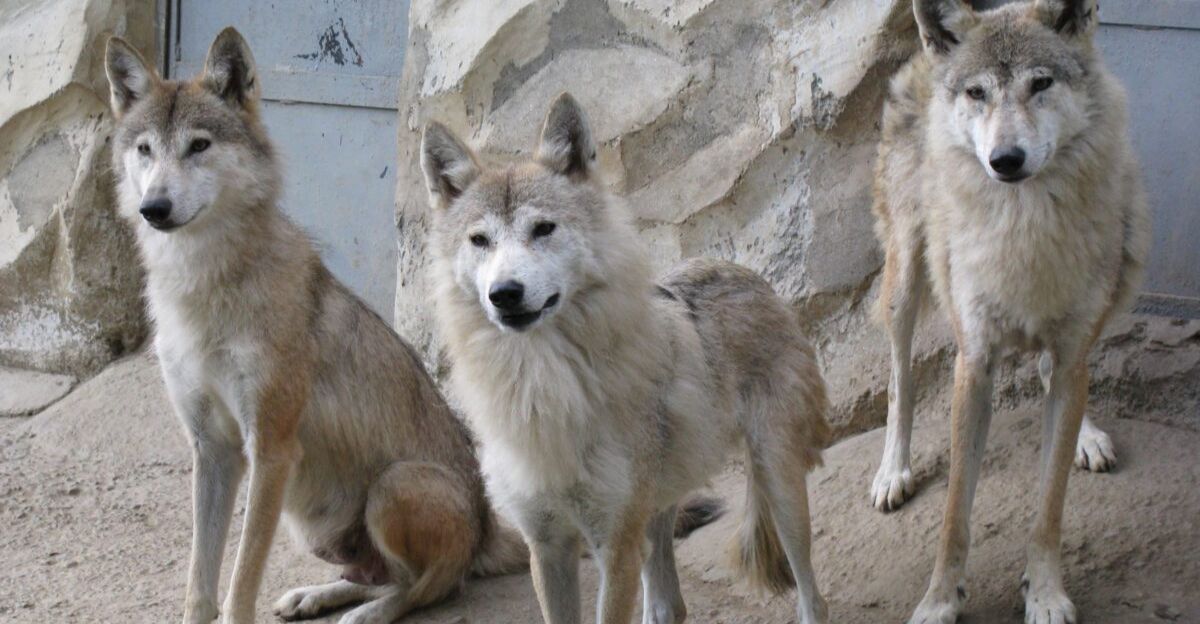
This wolf lives in the high mountains of Nepal, Tibet, and northern India.
Its population is tiny—probably just a few hundred. They hunt in small groups and feed on wild sheep, marmots, and other animals.
Losing land and being hunted means their numbers keep shrinking.
5. Indian Wolf (Canis lupus pallipes)
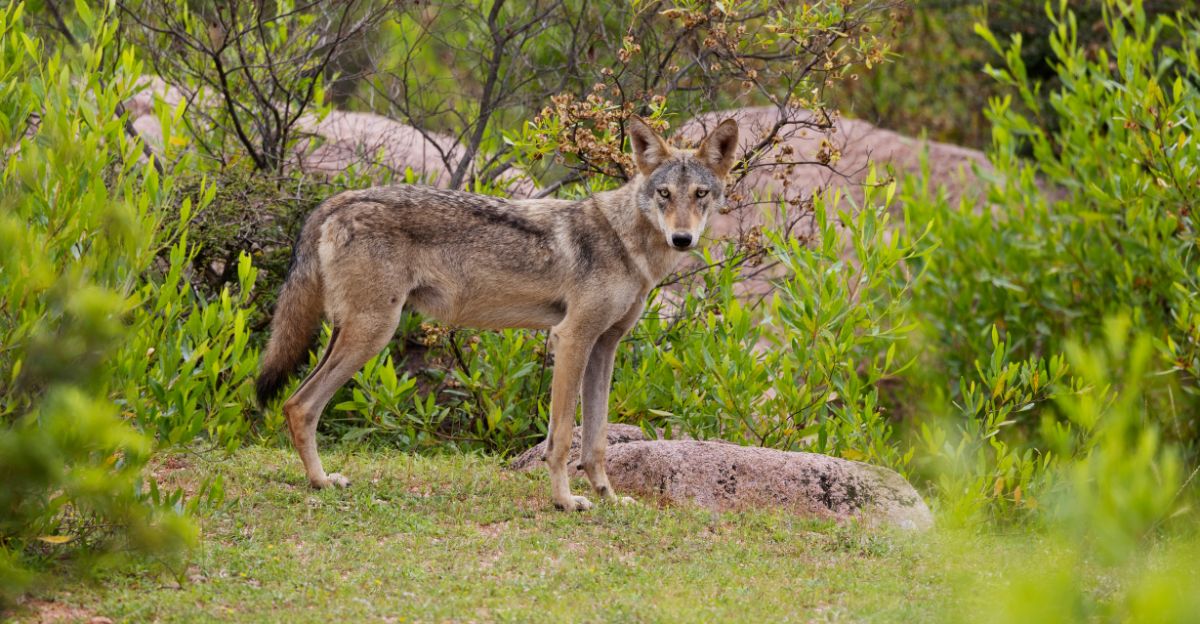
With fewer than 2,000 left, Indian wolves live scattered in India and Pakistan.
They often get blamed for livestock losses and face competition from stray dogs. They survive by eating hares, rodents, and sometimes farm animals.
Continued land clearing and hybridization with dogs remain significant threats.
6. Iberian Wolf (Canis lupus signatus)
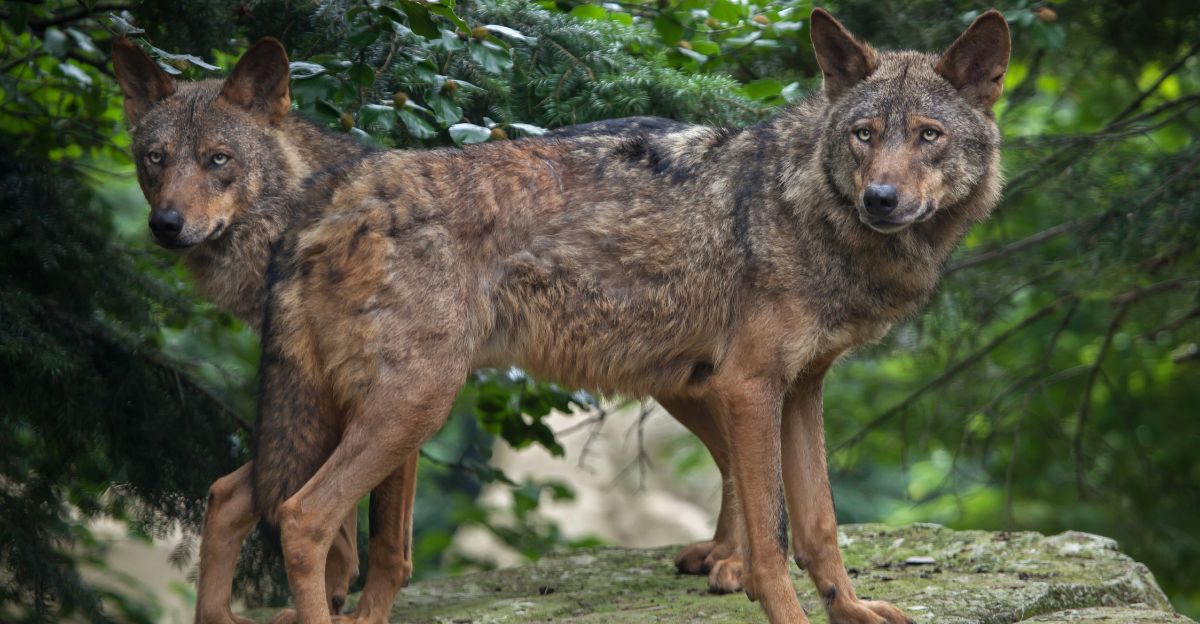
The Iberian wolf lives in northern Spain and Portugal, with about 2,000–2,300 left in the wild. They mainly eat wild deer, boar, rabbits, and sometimes farm animals if wild food is scarce.
Iberian wolves usually live in small family groups and stick to forests, hills, and scrubby places where they can hide. Although they are legally protected in some areas, illegal hunting and roads breaking up their habitats are still significant problems.
They are essential for nature because they control other animal populations and help keep forests healthy, but they remain at risk due to human activities.
7. Scandinavian Wolf (Canis lupus lupus)
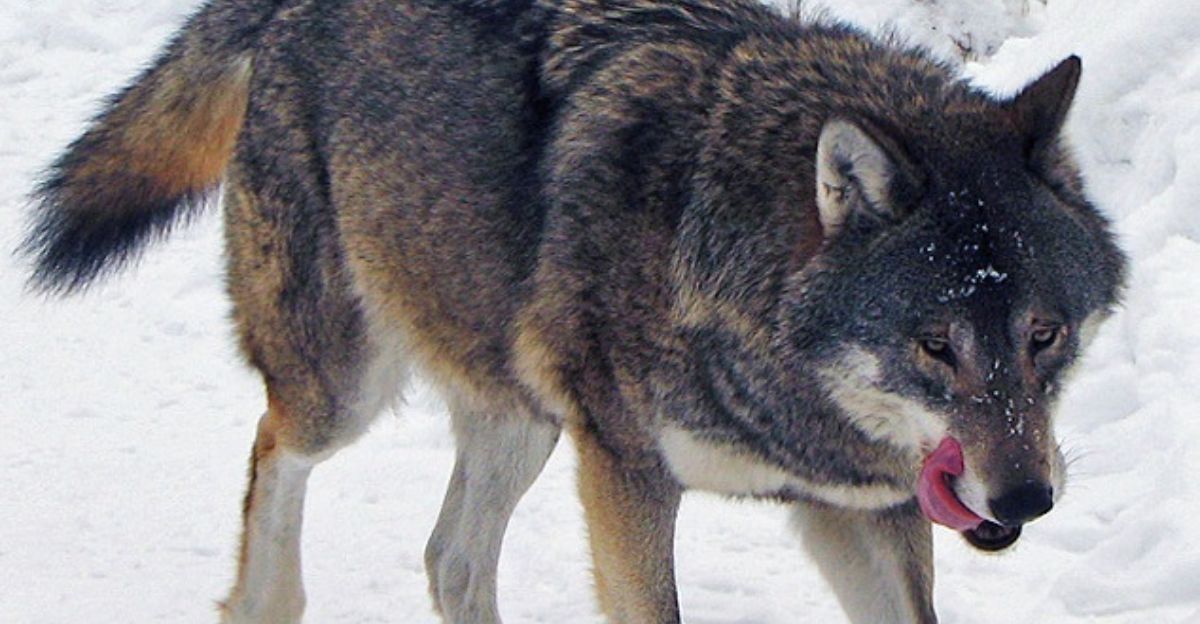
About 500 Scandinavian wolves live mostly in Sweden and some in Norway. These wolves were hunted to near extinction, but returned thanks to wolves migrating from Russia and Finland.
They mainly eat moose and deer and live in small family packs. Scientists track and protect them carefully because inbreeding and illegal hunting are significant threats.
The wolves’ population is watched each year to help ensure they stay healthy and don’t disappear again.
8. Italian Wolf (Canis lupus italicus)
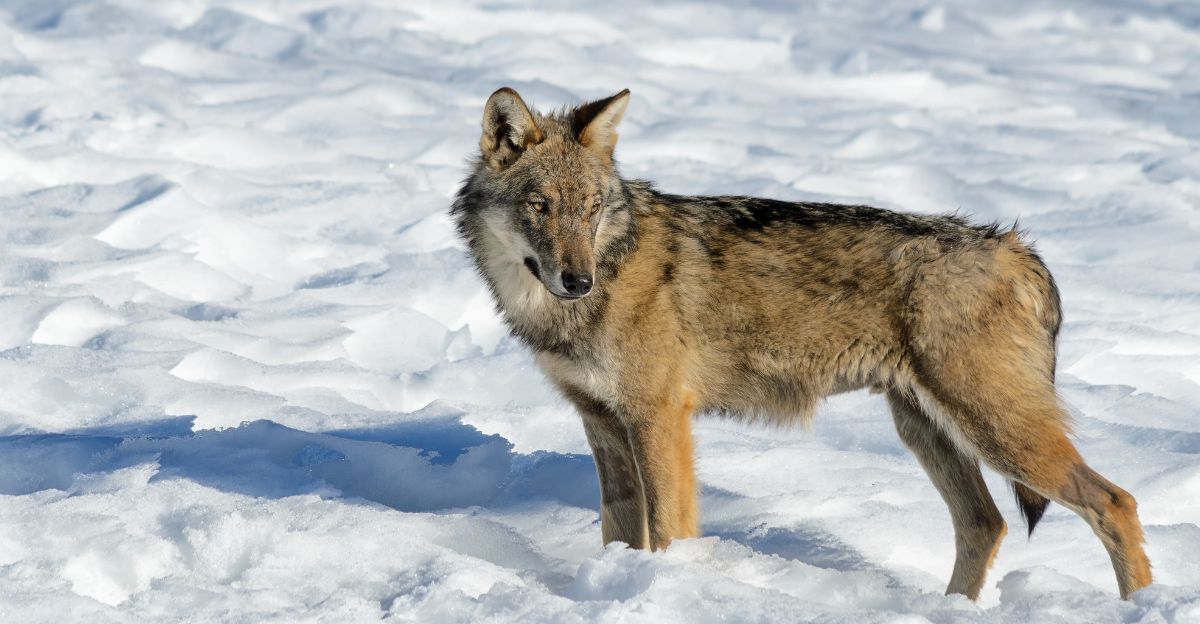
The Italian wolf almost disappeared in the 1970s, but now about 1,500–3,000 live in Italy’s mountains and forests. They mainly eat wild boar, deer, and rabbits, but they sometimes chase farm animals if food is scarce.
A significant new problem is that wolves mix with dogs, which can change their genetics and cause issues for wild wolves. Thanks to strict protection, the Italian wolf is now a conservation success, but illegal hunting and mixing with dogs are still risks.
9. Arabian Wolf (Canis lupus arabs)
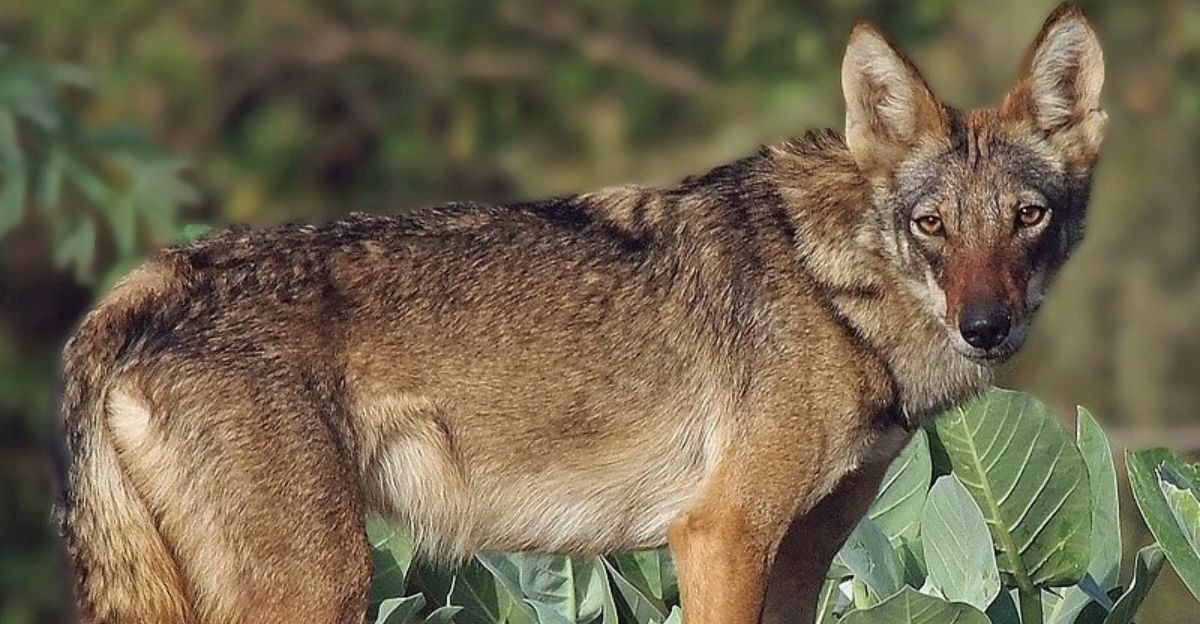
The Arabian wolf is the smallest and lives in the deserts of Saudi Arabia, Oman, Yemen, and Israel. Only a few hundred are left, and they travel in small groups or alone.
They eat gazelles, rodents, and sometimes trash, but they are often killed for attacking farm animals like goats and sheep. Their thin fur and big ears help them stay cool in the hot desert.
10.Labrador Wolf (Canis lupus labradorius)
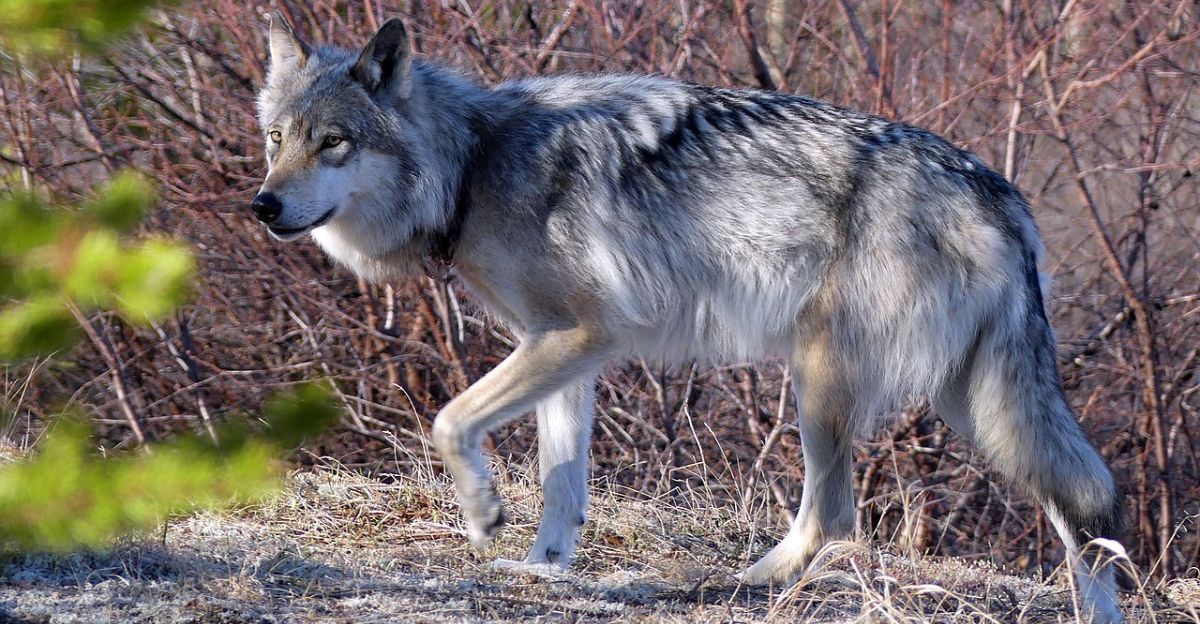
The eastern Canadian wolf lives in cold forests in eastern Canada and is rarely seen; only a few hundred remain.
They mostly hunt caribou and moose and live in small family packs.
Their numbers stay low because their habitat is far away from people, it’s hard for them to move to new areas, and humans sometimes hunt them or destroy their forests.
11. Isle Royale Wolf (Canis lupus, unique population)
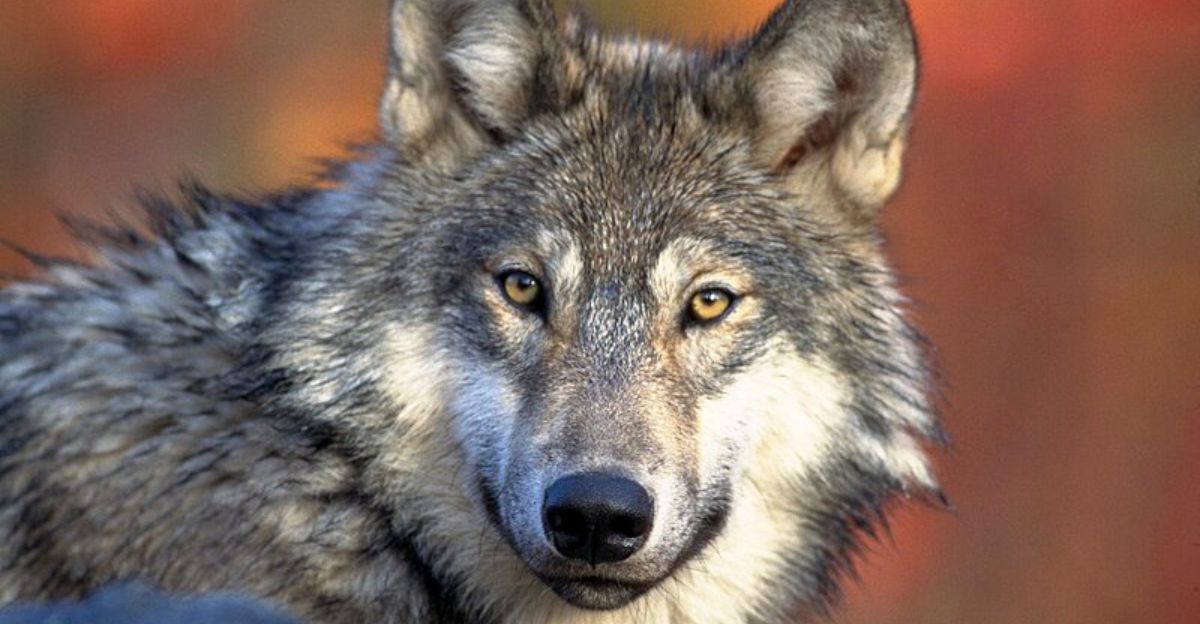
A few years ago, only two wolves were left on Michigan’s Isle Royale, and they were in danger of disappearing because they couldn’t find new partners and were getting inbred.
To save them and control the rising moose population, scientists brought about 30 new wolves from the mainland. Now, there are several packs, and the wolves are hunting moose and beaver again.
While this is good news, the wolves still need to be monitored because the island is isolated and new problems could develop, like inbreeding or trouble finding enough food if the moose numbers drop too much.
12. Japanese Wolf (Canis lupus hodophilax)
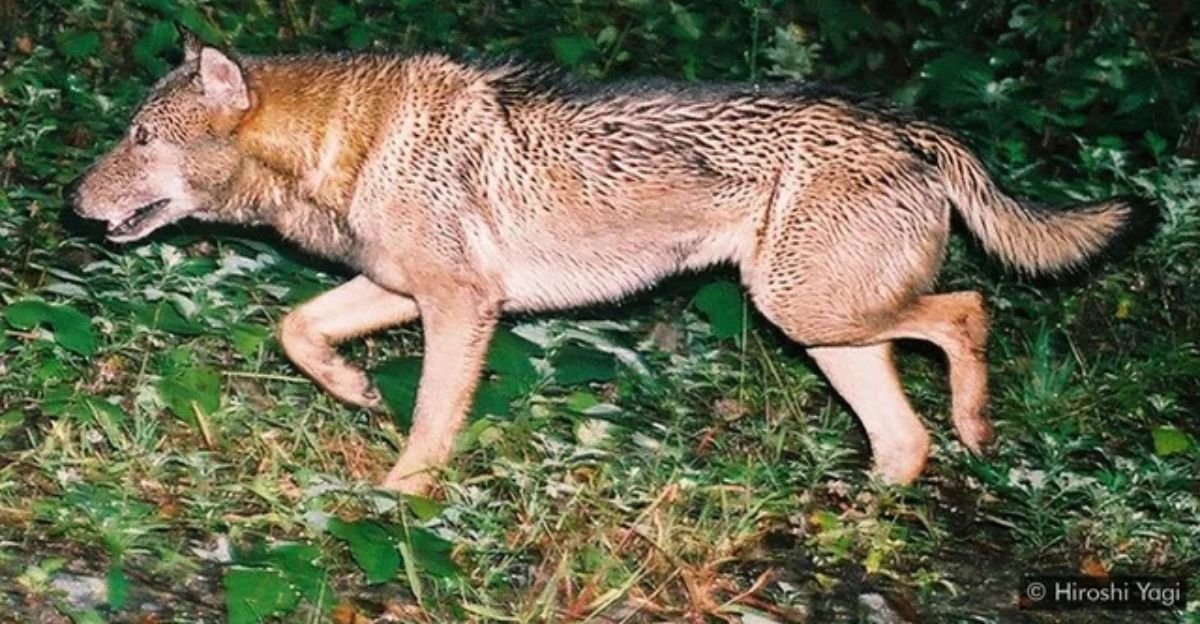
The Japanese wolf once roamed across much of Japan, but by 1905, it had gone extinct because of hunting, poisoning, and diseases like rabies.
People saw wolves as a threat to their animals, and as Japan grew and changed, wolves lost their forests and were killed off quickly.
The loss of this wolf is a clear reminder that even animals respected in local culture can vanish fast if they aren’t protected.
13. African Golden Wolf (Canis lupaster)
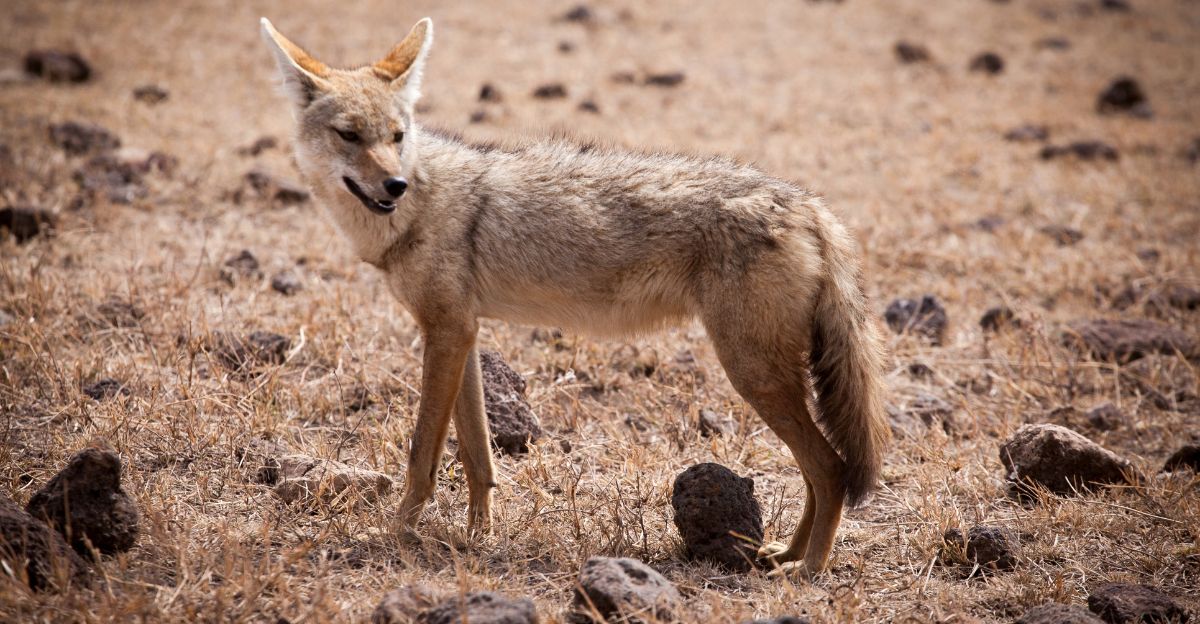
The African golden wolf was only recently classified as an actual wolf rather than a jackal. Fewer than 5,000 are left, living across North Africa in deserts, savannahs, and mountains.
These wolves are adaptable. They eat rodents, birds, insects, fruit, and sometimes leftover food near villages. Still, their numbers are dropping because of hunting, losing their wild spaces to farms and cities, and fighting with stray dogs for food and space.
They also sometimes get sick from diseases carried by dogs. If their habitats keep shrinking and people see them as pests, the African golden wolf could become much rarer or even endangered.
Conclusion
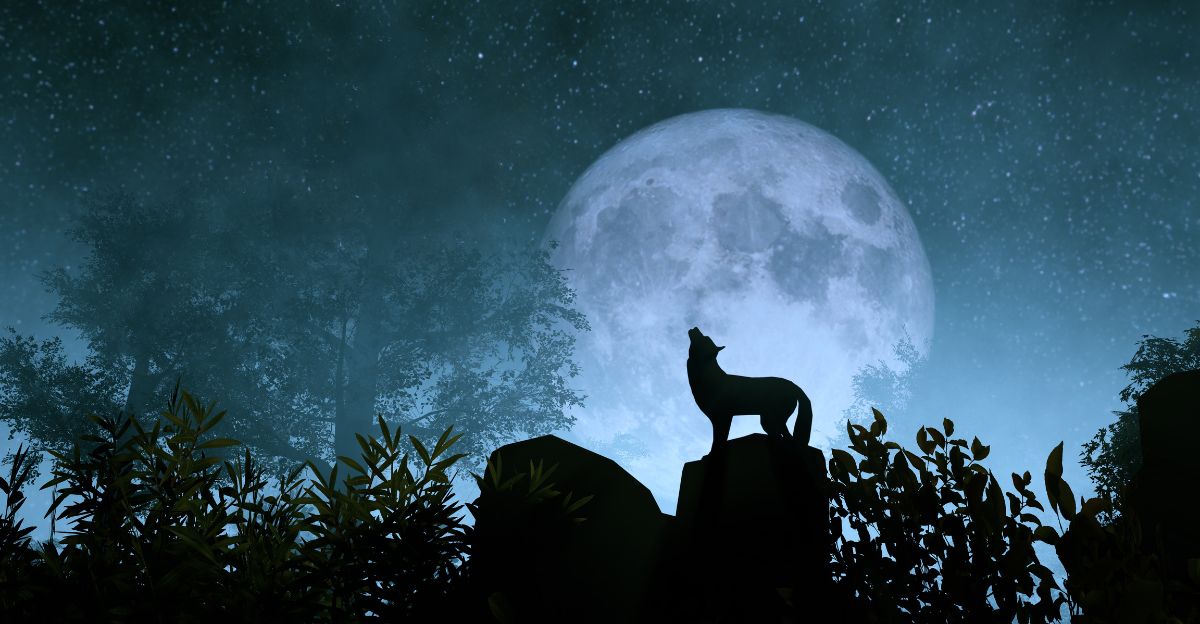
These 13 rare wolves show how unique, adaptable, and meaningful wolves are worldwide.
Their survival depends on people working together to protect their habitats and reduce dangers. Each wolf tells a story of nature’s wonder and fragility.
Protecting them means we’re helping whole wild places thrive for future generations.